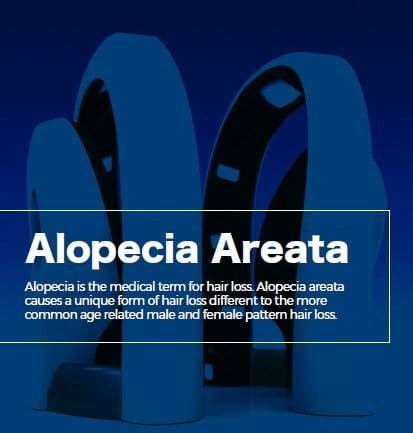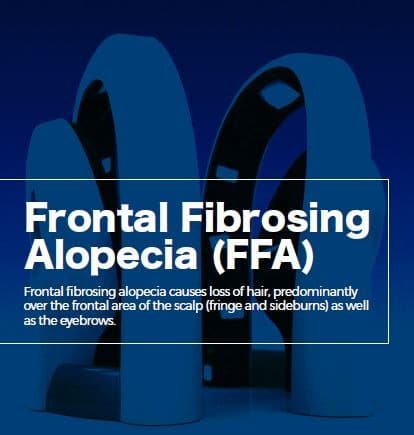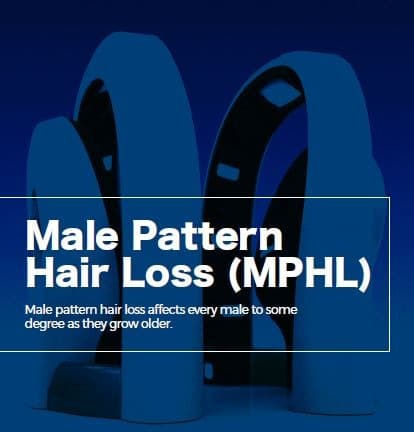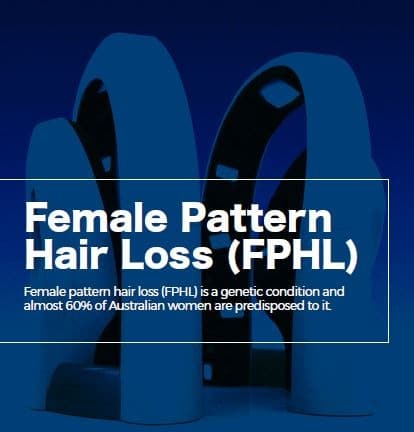Causes, Types, and Treatment Options
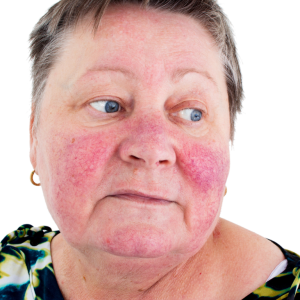
Rosacea is a common, chronic skin condition that affects the central areas of the face - including the cheeks, nose, chin and forehead.
It typically causes redness, flushing, and visible blood vessels. In some cases, small red bumps or pimples may also develop.
While the exact cause is not fully understood, rosacea is linked to both inflammatory and vascular factors, with genetics, immune system response, environmental triggers, and microorganisms such as Demodex mites all playing a potential role.
Who Gets Rosacea?
Rosacea most commonly affects adults aged 30 to 60 and is more frequently diagnosed in fair-skinned individuals - though it can occur in any skin type. While it’s often more prevalent in women, men are more likely to develop severe symptoms, particularly skin thickening of the nose (rhinophyma).
In Australia, studies have reported a prevalence of around 3.2%.
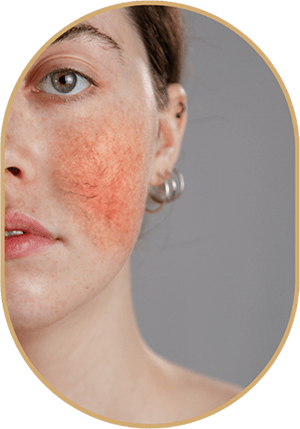
Signs and Symptoms of Rosacea
Rosacea is a long-term inflammatory skin condition that affects mainly the face. Symptoms can range from mild to severe and often vary between individuals.
Common signs and symptoms include:
- Persistent facial redness – Usually across the cheeks, nose, chin and forehead.
- Flushing – Frequent or sudden episodes of facial warmth or redness.
- Visible blood vessels (telangiectasia) – Fine red lines or broken capillaries, especially on the cheeks and nose.
- Acne-like bumps – Small red spots or pustules that may resemble acne but without blackheads.
- Burning or stinging sensations – The skin may feel irritated, itchy or sensitive to touch.
- Dry, rough or swollen skin – Some people experience dryness, thickened skin or mild facial swelling.
- Skin thickening – Most commonly affecting the nose (rhinophyma), especially in advanced cases or in men.
- Eye symptoms (ocular rosacea) – Red, dry, gritty or irritated eyes, which may feel sensitive to light.
- Localised distribution – The rash and redness are confined to the face and typically do not affect other parts of the body.
Types of Rosacea
Rosacea is classified into four subtypes, each with distinct characteristics:
- Erythematotelangiectatic Rosacea (ETR): Characterised by persistent facial redness and visible blood vessels.
- Papulopustular Rosacea: Involves redness with acne-like bumps and pustules.
- Phymatous Rosacea: Leads to skin thickening, often affecting the nose (rhinophyma).
- Ocular Rosacea: Affects the eyes, causing irritation, dryness, and redness
These subtypes can overlap, and a patient may exhibit features of more than one subtype simultaneously.
Common Triggers for Rosacea
Flare-ups can be influenced by a range of internal and external factors. While triggers vary between individuals, some of the most commonly reported include:
- Sun exposure – A major trigger in Australia due to high UV levels.
- Heat and hot weather – Including hot showers, saunas, and warm environments.
- Cold and wind exposure – Sudden changes in temperature or harsh weather conditions.
- Spicy foods – Chilli, hot sauces, and similar ingredients.
- Alcohol – Especially red wine and spirits.
- Hot beverages – Tea, coffee, and other heated drinks.
- Stress and strong emotions – Anxiety, embarrassment, or stress can provoke flushing.
- Intense exercise – Vigorous activity can lead to overheating and facial redness.
- Certain skincare or cosmetic products – Products containing alcohol, fragrance, menthol or exfoliating agents can worsen symptoms.
Identifying personal triggers is an important part of managing the condition.
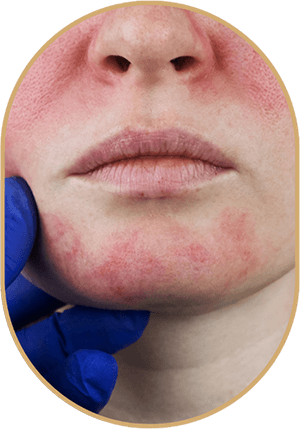
Diagnosis of Rosacea
Rosacea is diagnosed primarily through a clinical examination and a review of the patient’s medical history.
A dermatologist will assess the pattern and distribution of redness, presence of pustules, visible blood vessels, and any associated symptoms such as skin sensitivity or flushing.
Diagnostic Approach
- Physical examination – The diagnosis is made based on the characteristic appearance of the skin, typically involving the central face.
- Medical history – A history of frequent flushing, triggers, skin sensitivity, or eye symptoms can help confirm the diagnosis.
- Exclusion of other conditions – In some cases, further tests may be requested to rule out other skin or systemic conditions. For example: Blood tests may be ordered to exclude systemic lupus erythematosus (SLE), especially if a red rash is present on the cheeks without pustules.
Skincare Recommendations
Rosacea-prone skin is often highly sensitive. A simple, non-irritating skincare routine is essential.
- Use gentle, fragrance-free cleansers and moisturisers.
- Apply broad-spectrum SPF 30+ sunscreen daily — especially important in Australia due to high UV levels
- Avoid known irritants and tailor skincare routines to individual sensitivities.
- Avoid exfoliants, alcohol-based toners, and heavily fragranced products.
Living with Rosacea
Rosacea can impact self-esteem and confidence, but with appropriate care and guidance from a healthcare professional, symptoms can be well-managed.
Many people achieve long-term control with a combination of trigger avoidance, daily sun protection, skincare, and medical therapy.
When to See a Dermatologist
If you're experiencing ongoing facial redness, irritation, or breakouts that don’t respond to over-the-counter treatments, it may be time to consult a dermatologist.
Early intervention helps minimise flare-ups and prevent complications such as eye involvement or skin thickening.
To book a consultation please call us on 9654 2426 or email appointments@sinclairdermatology.com.au
Why Choose Sinclair Dermatology?
 Leader in skin and hair loss treatment and research
Leader in skin and hair loss treatment and research More than 50% of dermatology research papers in Australia are published by our team
More than 50% of dermatology research papers in Australia are published by our team Largest dermatology clinical trial research centre in Australia
Largest dermatology clinical trial research centre in Australia Only medical centre in Australia to use 3D whole body imaging technology to map moles and lesions for skin cancer detection.
Only medical centre in Australia to use 3D whole body imaging technology to map moles and lesions for skin cancer detection. Onsite pathology and compounding pharmacy
Onsite pathology and compounding pharmacy Our dermal clinic uses state of the art laser machines
Our dermal clinic uses state of the art laser machines

